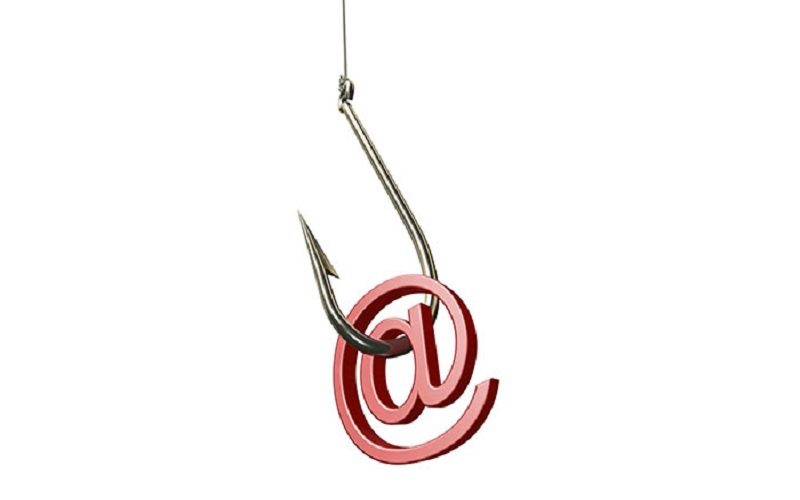There’s a lot you can do to secure your business from threats; from protecting important information in your online cloud with the latest software to keeping an eye on employees as well as outsiders by installing surveillance cameras.
Nonetheless, cyber attacks are definitely rising in popularity compared to the good, old-fashioned break-in – and the rules have not yet been written to guide you on exactly how to fend them off.
Luckily, there are a few tried-and-tested methods to make it a bit easier for your business to stay safe online. Giving your employees the tools to succeed is one of the first things you should do – that way, they’ll be able to take better care of it for you.
Here is a handful of tips in terms of training your team to understand basic cybersecurity.
Pointing out a super-user
If something should happen to your business, it could be a very costly attack. The cost of cyber attacks worldwide is, in fact, estimated to be more than $9.5 million per year. Provide your employees with training, however, and you’re safeguarding yourself against expensive attacks.
After a cybersecurity session or seminar, try to point out a few ‘super users’ who perhaps have a bit of experience with cybersecurity already – or just seem to be a few steps ahead of the others on the team.
Having different devices to store your details on is also quite handy, by the way, and particularly if your team tends to take their work laptops with them home. Check out this article on mini pcie versus mini pci to cover the basics.
Give them the tools to succeed
It’s still important that you have a few tools in place, though, no matter how thorough you make those seminars. Unfortunately, it’s impossible to cover everything in just one article so you should try to read your way through lists on what you need for your specific business; this one is useful for those using Explorer, and it also provides you with handy links to each of the settings you should look at.
You normally get to disable cookies in these settings as well as nifty options for Chrome users of encrypting all of your synced data with a passphrase – which basically means that a hacker will need this additional passphrase to sync your history and login information.
Have a look at this in-depth article for Firefox users; it also includes how to protect yourself from government surveillance and privacy threats in general, making it easy to understand with illustrations for each step.
+++ Collaborative Post +++





